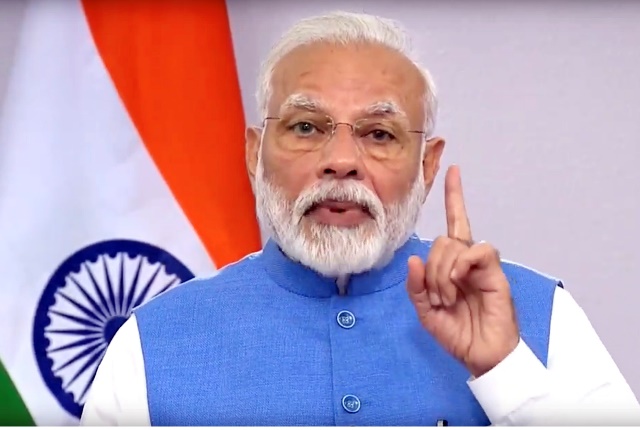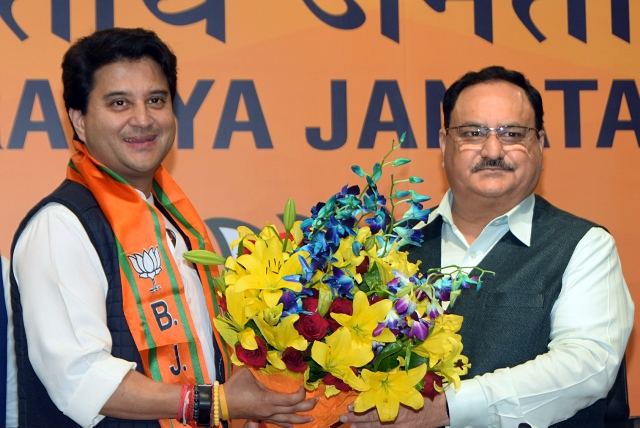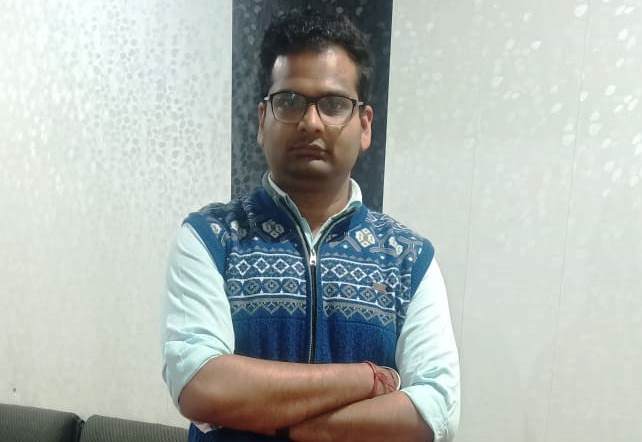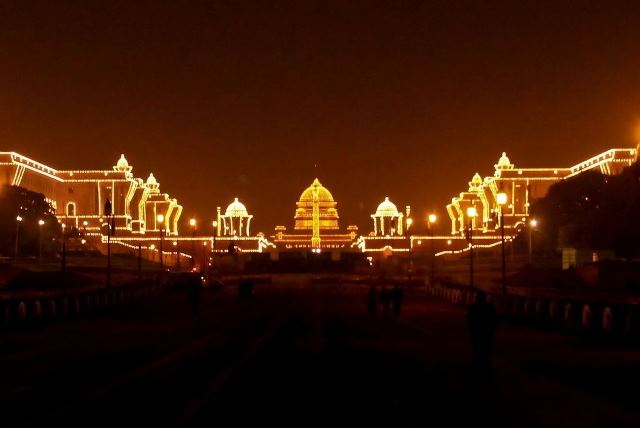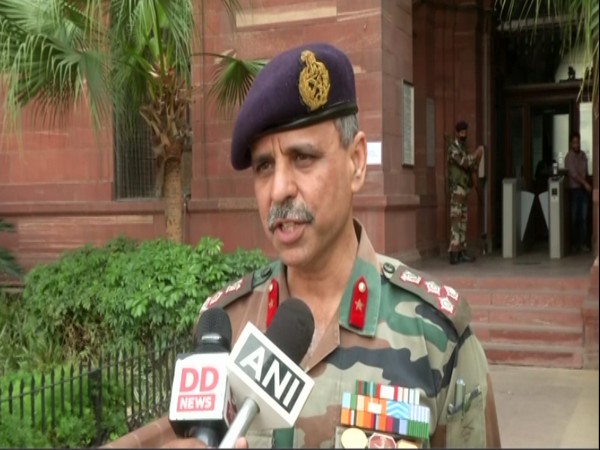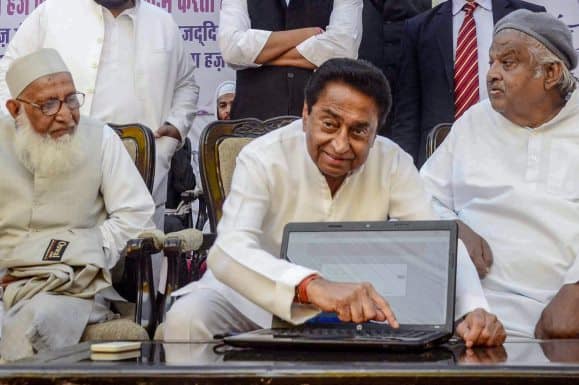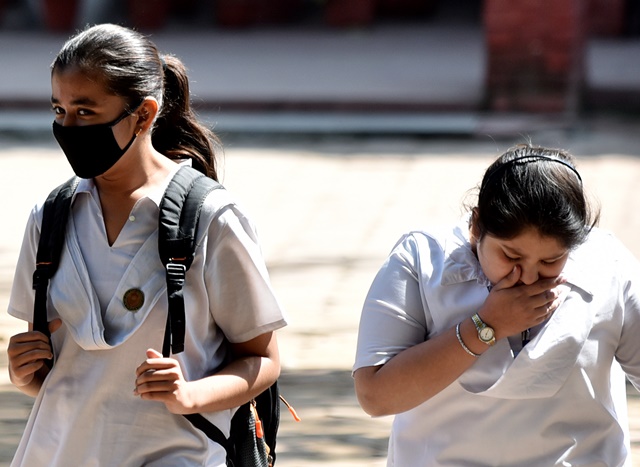At a distance from India’s current political discord
and economic slowdown, but inevitably connected, has begun a spree to demolish
what is there and to build afresh — state capitals, cities, conference complex
and more.
Take New Delhi. It is barely a century-old, when other
world capitals, ancient and modern, stay where they are. Over a dozen old
cities that preceded it were invaded, occupied, abandoned and re-occupied over
two millennia. Now, the first case of massive refurbishing is about to begin.
The Parliament’s present complex will become a museum. Radical changes await the vast boulevard that stretches from Rashtrapati Bhavan, the presidential palace on the Raisina Hill to India Gate. Built post-Independence, Dozens of government office buildings built around it post-independence, will be demolished and re-built into modern, supposedly environment-friendly glass-and-concrete structures. On Friday, March 20, the Centre approved the land use change for execution of the Central Vista redevelopment project with the issuance of a notification to Urban Affairs ministry. The face of the Government of India built during the British era by Sir Edwin Lutyen is set to change.
There is tearing hurry, it would seem. A new
triangular Parliament will be ready by 2022. Only, estimates of the entire
exercise are not worked out. The security angle is high, with plans to
re-locate the Prime Minister’s residence close by and a tunnel to connect it with
the office.
It is nobody’s case that new constructions should not
come up or old ones should be repaired. But no priority, no rationale is put forward.
The total cost is going to be staggering.
Save Le Corbusier-deigned Chandigarh, a
resource-starved India did not build a major city for a half-a-century. After years
of discord, Haryana and Punjab settled for Chandigarh that also houses its own
administration.
Perspectives have changed with the century.
Chhattisgarh built Naya Raipur without much acrimony. But Uttarakhand, created
on the same day doesn’t have a capital after 19 years. Gairsain, centrally
located – near the tri-junction of Almora, Garhwal and Chamoli districts, was
to be the state capital. But Dehradun located in the state’s extreme corner
remains the ‘temporary’ capital.
Five successive governments have failed to take
decisions. The state that was created essentially to undo severe neglect of the
Himalayan hills when under Uttar Pradesh still has its capital in the
plains. Once-pristine ‘Dehra’ is getting
congested, but its political pull is too strong for any government to consider
a shift. Just symbolically, one legislative
assembly session is held at Gairsain.
If New Delhi is planning its splurging, the state
satraps are having their own. In Hyderabad, which is five year-old Telangana’s capital,
Chief Minister K. Chandrshekhar Rao, has built a sprawling hundred million rupees
mansion that can beat the palace(s) of the erstwhile Nizam, the princely house
that was one of the world’s richest in the last century.
In 2014, when Telangana was carved out of Andhra Pradesh, it was decided that Hyderabad would remain the joint capital of the two states for a maximum of 10 years. But Rao pushed Chief Minister N. Chandrababu Naidu to build a city for himself. Naidu, who created Cyberabad, India’s first Information Technology hub, took the challenge. From here starts the southern splurging saga that has gone haywire.
Naidu nursed Amravati, locating it on the banks of
Krishna, harking back to “the glorious capital of the Satavahanas,” the ancient
kingdom that ruled the Deccan region for five centuries.
He needed 33,000 acres of land. To encourage farmers
to give up their land voluntarily for the project, his government launched a
land pooling scheme. Publicized as farmer-friendly, the scheme was, however,
seen as the state government’s way of circumventing the Right to Fair
Compensation and Transparency in Land Acquisition, Rehabilitation and
Resettlement Act, 2013.
Naidu also managed funds from abroad and brought a
Singapore consortium on board. His ties with the Narendra Moi-led government
were never close enough to get central funds. That Modi’s party aspired to make
political gains at Naidu’s expense was also a factor. And then, Naidu lost the elections last year
to his rival, neither to the Congress nor the BJP, but to debutante Jagan Mohan
Reddy.
By that time, work at Amravati, touted as a world
capital, was 60 percent complete. It has involved Rs.10,000 crores investments
from various agencies including central government assistance of over Rs.2500
crores.
Prior to the political change of guard, Amaravati was
bustling with construction activity and tenders for projects worth Rs. 43,000
crores were already issued. The World Bank had agreed to finance the Singapore
consortium. Now, investors have vanished.
A green-field city with its revenue generating urban
centric developmental model with an estimated three million population in next
ten years is now being demolished even before it is born. The futuristic vision
of Naidu, which he hard-sold to the people, especially the farmers who
surrendered land, now lies shattered.
Jagan Mohan Reddy’s government is alleging wrongdoing
and wants the city project, now at standstill, completely scrapped. There is
none to ask what is to be done about the huge effort at constructing the city
and the money that has gone into it.
That’s not all.
Reddy has mooted three different capitals for the state. He wants
legislative capital retained in Amravati, judicial capital moving to Kurnool
and the executive capital shifting to the coastal Visakhapatnam. Why a state
having 13 districts needs, three capital cities, remains doubtful. Critics cite
South Africa’s failed three-city experiment.
Allegations fly around in any such project — they did
even when Chandigarh was built. Jagan and his party leaders are being accused
of inside trading of lands around Visakhapatnam, just as Naidu group was accused
of doing around Amravati.
Cash-strapped Jagan — the state has been
revenue-deficit since 2014 and has run a debt of over 2.5 lakh crores — is
lobbying with Modi for “special status” for the state, which means more funds. The
unstated offer is willingness to join, or stay close to, the ruling alliance. Letting
the kilkenny cats fight, the Centre last week refused to intervene.
That, again, is not all. Reddy has got two bills
passed envisaging three capitals in the Legislative Assembly where his party
enjoys a brute majority. But the Legislative Council where Naidu’s party has
the majority has stalled the bills, sending them for further deliberation to
the Select Committee. Now, Reddy wants to dissolve the upper house itself to
push his three-capital project!
The two regional satraps, instead of making a
collective effort to salvage Amravati, are running highly personalized and
caste-based political campaigns, damaging social harmony and the economic
progress.
The
writer can be reached at mahendraved07@gmail.com
